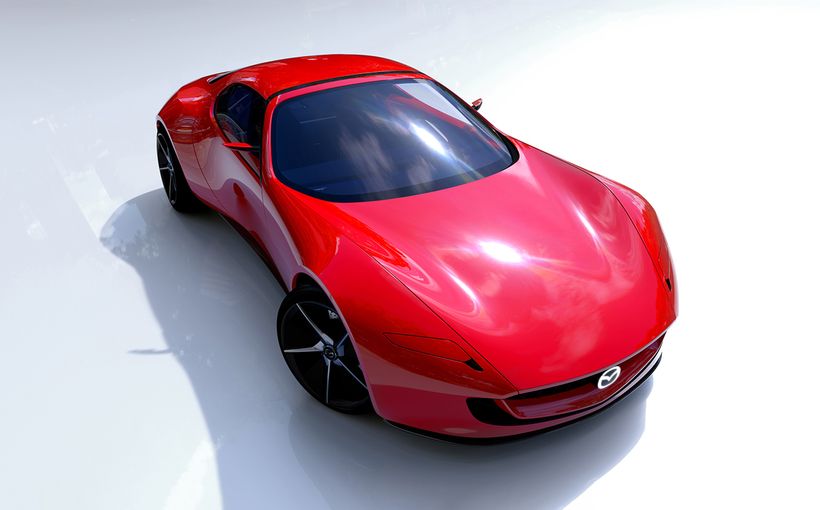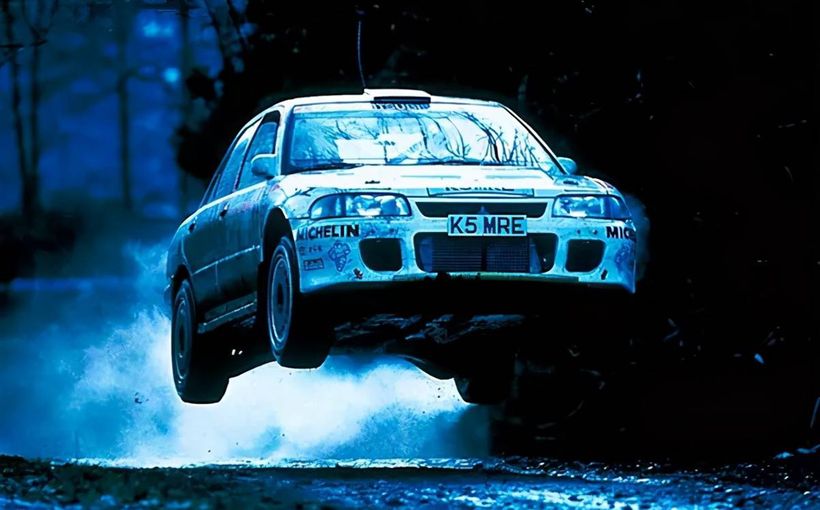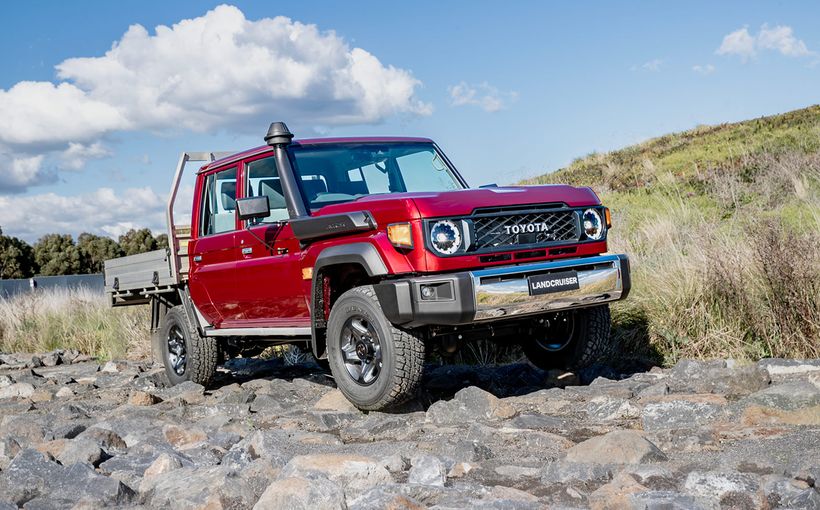Mitsubishi morphs old sportscar nameplate to new Eclipse Cross SUV
WHEN you put the worlds ‘Mitsubishi’ and ‘evolution’ together, it usually conjures an image of the rally-bred, all-wheel drive, turbocharged Japanese sedan that was available across 10 generations.
However, we’re talking about evolution of a different kind here, the one pioneered by the two Charles’; Darwin, who developed the theory of natural selection, and Xavier, the leader of the X-Men who said mutation is the key to evolution.
How does this tie back to Mitsubishi? Well, the Japanese car-maker has taken its Eclipse nameplate that was used on its sportscar, and morphed it into a new crossover set to capitalise on buyers’ love of SUVs.

Pitched as a small SUV, the new Eclipse Cross holds the distinction of being the final, wholly Mitsubishi-developed vehicle before being swallowed by the Renault-Nissan Alliance.
But hang on, doesn’t Mitsubishi already have a car in the small SUV segment in the form of the ASX? Well, yes, it does but the brand is saying there is room for both, as the Eclipse Cross leans towards the larger end of compact crossover spectrum and wears a higher asking price.
Measuring 4405mm long, 1805mm wide, 1685mm tall and when a 2670mm wheelbase, Mitsubishi’s latest SUV is primed to take on the likes of the Nissan Qashqai, Jeep Compass and Suzuki Vitara.

However, underneath the Eclipse Cross actually shares the same GS platform as its ASX sibling, as well as the Lancer and Outlander – albeit in modified form.
The Eclipse Cross also sets itself apart from the ASX by its price, with the new SUV kicking off from $30,500 before on-road costs for the front-wheel-drive LS, moving up to $36,000 for the Exceed two-wheel drive and $38,500 all-paw Exceed.
In comparison, the ASX starts at $25,000 and tops out at $37,500 across six different model grades.

All versions of the Eclipse Cross are powered by just one powertrain – a new turbocharged 1.5-litre four-cylinder petrol engine that produces 110kW of power at 5500rpm and 250Nm of torque at 1800rpm.
Mated to a continuously-variable automatic transmission (with steering wheel-mounted paddle shifters, of course) the Eclipse Cross returns a fuel consumption figure of 7.3 litres per 100km in front-drive form, and 7.7L/100km for the all-wheel-drive version.
Steering is taken care of with an electric power system and the body is made from 55 per cent high-tensile steel for, what Mitsubishi says, better straight-line stability.

The boot is able to swallow up to 448 litres of volume with the 60:40 split-fold rear seats in place and slid as far forward as possible.
Safety equipment in the base LS extends to front and rear parking sensors, reversing camera, forward collision mitigation, lane-departure warning, and seven airbags, which should tick all the boxes for families.
Available gear on the entry-level version includes 18-inch wheels, keyless entry and start, chrome-accented instrumentation, leather steering wheel, and 7.0-inch infotainment touchscreen with Android Auto, Apple CarPlay, digital radio, Bluetooth connectivity and touchpad controller.

Stepping up to the Exceed adds dual-zone climate control, a panoramic sunroof, colour head-up display, leather interior, heated front seats, rear cross-traffic alert, surround-view monitor, lane-change assist and blind-spot warning.
Naturally, the top-spec all-wheel-drive Exceed gains Mitsubishi’s Super All Wheel Control system that covers selectable driving modes such as Auto, Snow and Gravel.
However, Mitsubishi’s new SUV is not the first of its models to wear the Eclipse name – that distinction goes to the front-engined sportscar produced from 1989 to 1994 developed in close relation to Chrysler.

Powered by an inline four-cylinder engine, either a naturally aspirated 1.8-litre or turbocharged 2.0-litre unit, the original Eclipse was available with either manual gearbox or automatic transmission.
In flagship guise, the Eclipse GSX produced 145kW of power, but was marred by a faulty transfer case that could lock up due to insufficient lubrication.
However, in second-generation form, the Eclipse received revised styling and improved engines that lifted power outputs up to 160kW and was featured in the original The Fast and the Furious movie driven by protagonist Brian O’Conner – played by the late Paul Walker – in the first street race of the series.

For the third generation, Mitsubishi added love-it or hate-it door strakes and moved to a V6 powertrain for top-spec versions that kept power steady at 160kW.
In its final form, the aesthetics were toned down to be less boy-racer, while a 3.8-litre MIVEC V6 moved performance up to 196kW/350Nm before the Eclipse nameplate was retired in 2012.
However, in a sign of the times, Mitsubishi has evolved to better cater towards the now SUV-heavy market and used the familiar sportscar nameplate for a sleeky-styled Eclipse Cross high-rider.
Protect your Mitsubishi Call Shannons Insurance on 13 46 46 to get a quote today.










